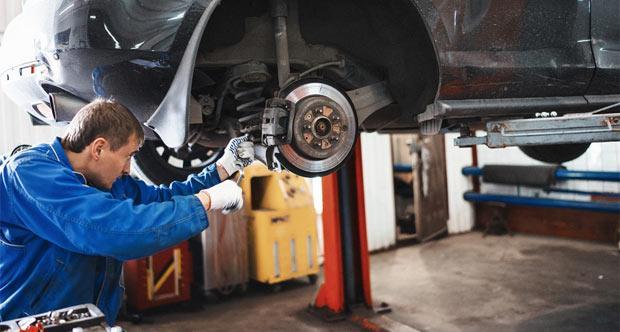
Brake fluid "Rosa". Performance indicators
Brake fluid "Rosa" (sometimes the name Rosa-4 is found) is produced by the Dzerzhinsky enterprise "TOSOL-Sintez" and CJSC "Zarechye". Another major center for the production of similar products is Obninsk near Moscow. According to its operational properties, this brake fluid meets the international requirements of the FMVSS standard. The latter, in particular, provide for the predominant use of such brake fluids that provide a stopping distance of not more than 7,5 m at a speed of up to 90 km/h.
Requirements
Rosa brake fluid belongs to the DOT-4 group and is recommended for use on all vehicles, including those equipped with ABS systems. It has a higher boiling point than DOT 3 and does not absorb moisture as quickly. DOT 4 and DOT 3 are interchangeable, but their compatibility is limited. Therefore, it is best to avoid adding DOT 3 fluid to a system that already uses DOT 4. DOT 4 grade brake fluid is considered the preferred fluid for city traffic as well as high speed highway applications.
For the working condition of the brake systems of the car, the temperature when using Rosa fluids of DOT 4 class (also applies to similar brake fluids Neva, Tom) must correspond to:
- For "dry" - no more than 2300WITH;
- For "wet" - no more than 1550C.
The term “dry” refers to brake fluid that has just been filled from the factory container, the term “wet” refers to brake fluid that has already been used in a car for some time and has absorbed moisture.
The main conditions for the performance of brake fluids are:
- High boiling point.
- Low freezing point.
- The minimum chemical activity to paint and varnish coverings.
- Minimum hygroscopicity.


Indicators of the brake fluid "Rosa"
The technical conditions that regulate the production and use of brake fluids are the international standards FMVSS No. 116 and ISO 4925, as well as the Russian TU 2451-011-48318378-2004.
Rosa brake fluid must meet the following criteria:
- Consistency and organoleptics - a transparent liquid, having various shades of light brown color, in the absence of foreign mechanical suspensions or sediment in the light.
- Density at room temperature - 1,02 ... 1,07 g / mm3.
- Viscosity - 1400 ... 1800 mm2/s (at temperatures 40±10C) and not less than 2 mm2/s - at temperatures up to 1000C.
- Temperature limits of performance - ± 500C.
- The temperature of the beginning of crystallization - -500C.
- Boiling point - not lower than 2300C.
- The pH index is 7,5 ... 11,5.


Rosa brake fluid has lubricating and cooling properties and good thermal stability. Its chemical composition includes ethylene glycol, synthetic additives, corrosion inhibitors, as well as substances that slow down crystallization processes. Thus, in the course of its application, the Rosa liquid should not have a corrosive effect on the metal parts of the car, and also be chemically neutral to the rubber components of the vehicle's brake systems.
When using brake fluid, open the container with care, since inhalation of ethylene glycol vapors is harmful to human health.


Reviews
As a systematizing example, we will give the results of test tests that were carried out with various types of brake fluids of domestic and foreign production (where the world leader in the production of liquid brake fluids is the Liqui Moly trademark). The tests were carried out in order to check the duration of the fluid without replacement, and the quality criterion was the actual boiling point of the used brake fluid, the percentage of water in the composition and the degree of preservation of its kinematic viscosity indicators.
The results showed that most domestic manufacturers cannot ensure the long-term performance of Rosa DOT 4 brake fluids. The main disadvantages are a sharp increase in viscosity at low temperatures, which will become the main cause of braking difficulties. In addition, in most of the studied samples, the initial viscosity turns out to be overestimated.
The price of brake fluids of the Rosa type, depending on the manufacturer, is from 150 rubles. for 1 liter


Watch this video on YouTube
